
The fusion of science and art in cooking turns the kitchen into a laboratory in the fascinating world of food and taste. Here, ordinary foods become subjects of scientific marvel, resulting in a symphony of flavors and textures that redefine what it means to eat well.
This blog is an invitation to a journey with us as we unravel the mysteries of Science In The Kitchen And The Art Of Eating. Well, where each dish is a canvas, and every recipe is a scientific experiment awaiting to be explored.
Importance of Science in Real Life and Day-to-Day Application

Beyond the confines of laboratories and classrooms, science seamlessly weaves itself into the fabric of our daily lives, particularly in the choices we make about the food we consume.
From the selection of fresh produce to the preparation of a balanced meal, science guides our culinary decisions. Recognizing the importance of these scientific principles empowers us to make informed choices, ultimately contributing to a healthier and more delightful eating experience. The kitchen, as our daily scientific haven, becomes the perfect space to understand and apply these principles.
How is Science Used in the Kitchen
1. The Science Behind Flavor
a. Taste Buds and Beyond:
The culinary journey begins with an exploration of taste buds, those tiny receptors dotting our tongues, responsible for detecting basic tastes. From the sweetness of ripe fruits to the savory umami notes in certain dishes, taste buds play a pivotal role in shaping our culinary experiences. However, taste is not a solo act; it’s a duet with our olfactory senses. These unsung heroes contribute to flavor perception, adding depth and complexity to what we perceive as taste. As aromas waft through the air, our brains piece together a symphony of flavors that goes beyond the limitations of taste buds alone.
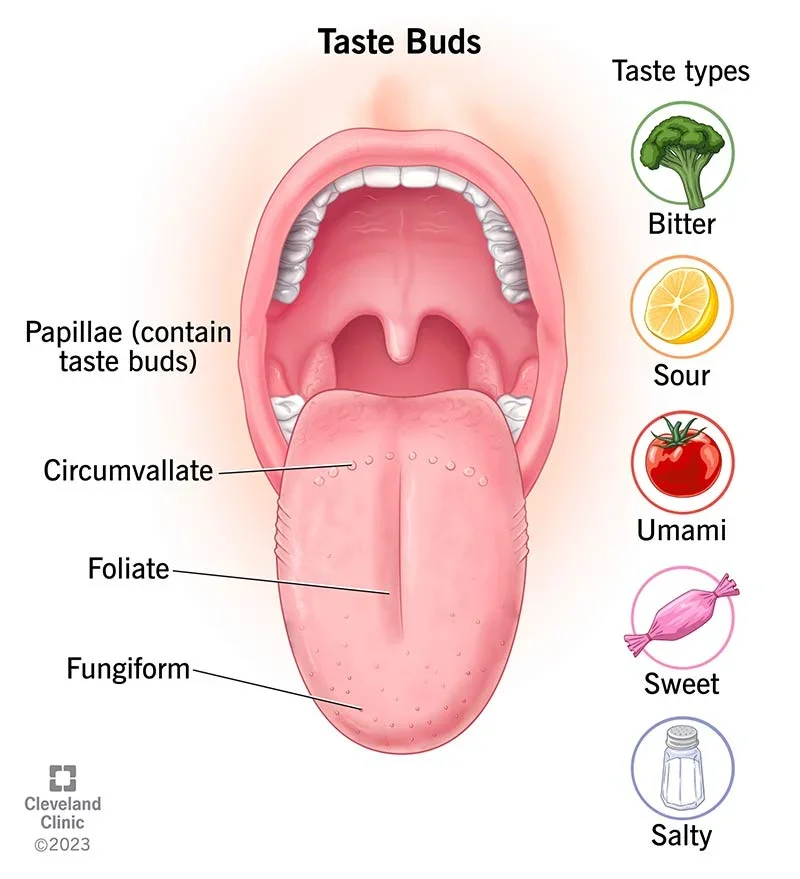
b. Psychology of Flavor:
Exploring flavor psychology unveils the complex interaction of plates and minds. Each individual possesses a unique culinary narrative woven from flavors, memories, and emotions. Presentation, atmosphere, and color further impact our flavor perception. A beautifully presented dish in a warm setting enhances the overall dining experience, emphasizing that the mind is integral to the feast alongside taste buds.
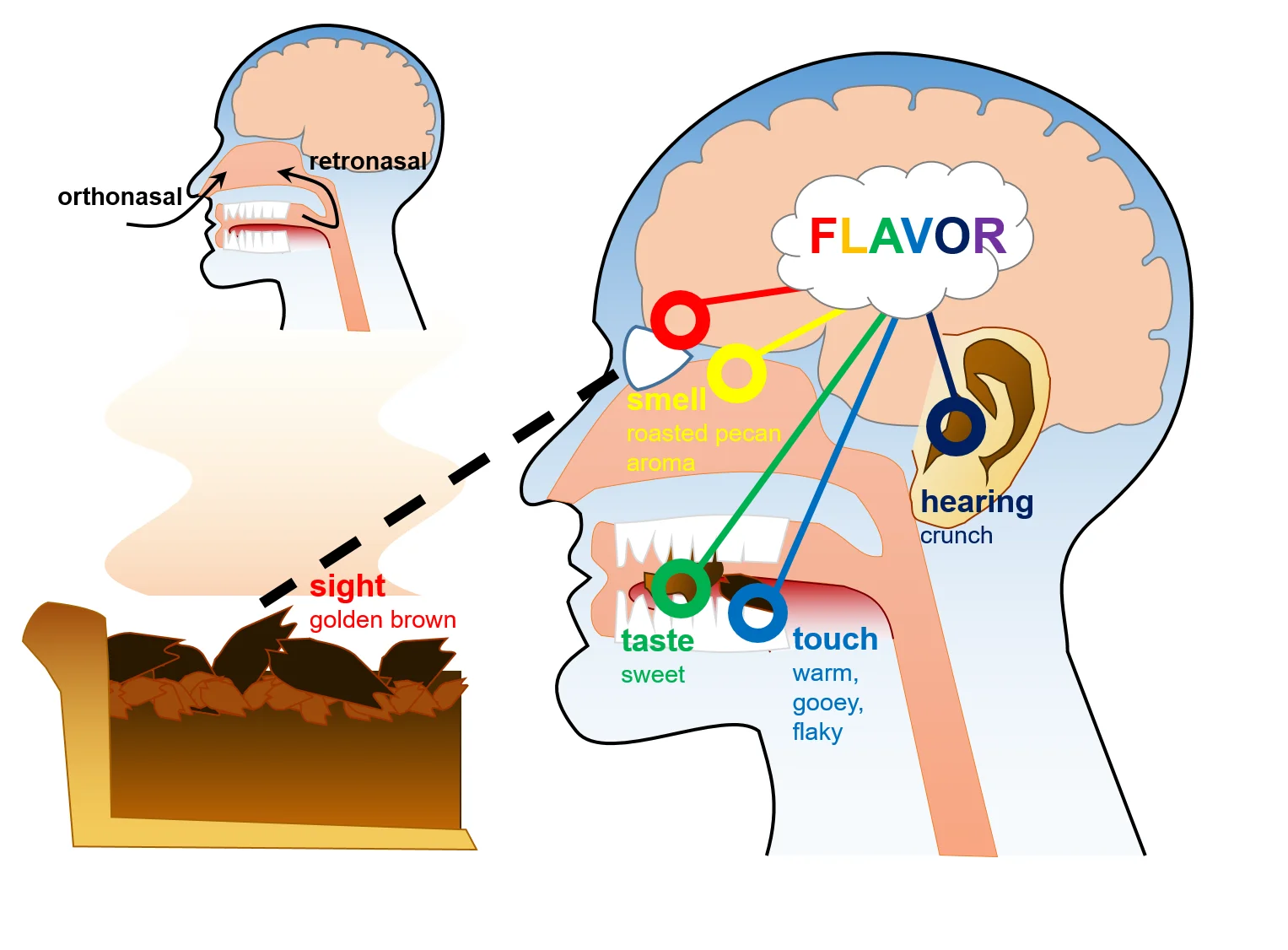
2. Cooking Techniques and Science
a. Maillard Reaction and Browning

In cooking, the Maillard Reaction is the unsung hero responsible for the enticing aroma and rich flavor of countless dishes. This chemical reaction occurs when proteins and sugars in food are exposed to heat, resulting in a complex interplay of flavors and aromas.
Browning reactions, often seen on the surface of seared meats or the crust of bread, add an additional layer of depth to the culinary experience. Demystifying these reactions unveils the science behind the appealing colors and intense flavors that make our taste buds dance with delight.
b. Emulsification and Texture
Creamy dressings and silky sauces are created by emulsification, a crucial culinary technique. Texture and mouthfeel are improved when an emulsifying agent is used with water and oil to create a stable combination.
In addition to emulsification, cooking methods are critical to food consistency. Knowing how to fry something crisp or cook something soft at low heat allows cooks to create dishes that are accurate and delicious.
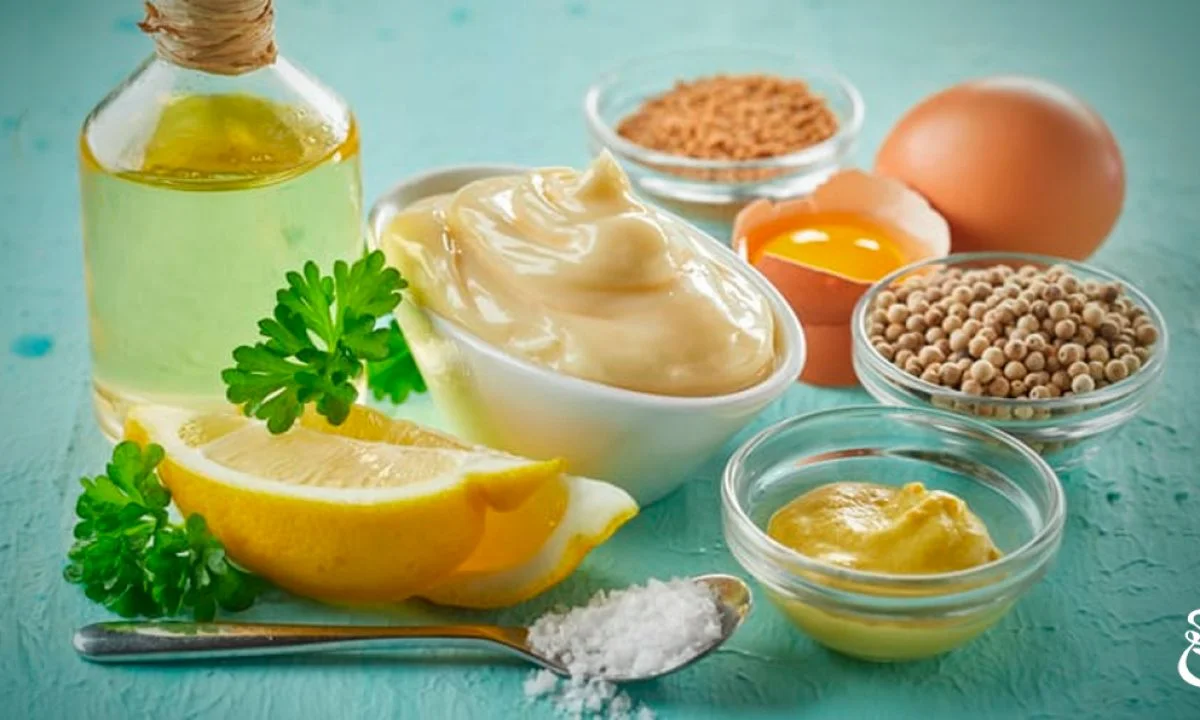
3. Nutrition and Wellness
a. Macronutrients and Micronutrients
A healthy culinary experience hinges on understanding macronutrients—carbs, proteins, and fats—each uniquely shaping our bodies and dining enjoyment. Delving into micronutrients unveils vital vitamins and minerals from diverse foods. Appreciating macronutrient roles and valuing micronutrients transforms meals into a holistic celebration of well-being.
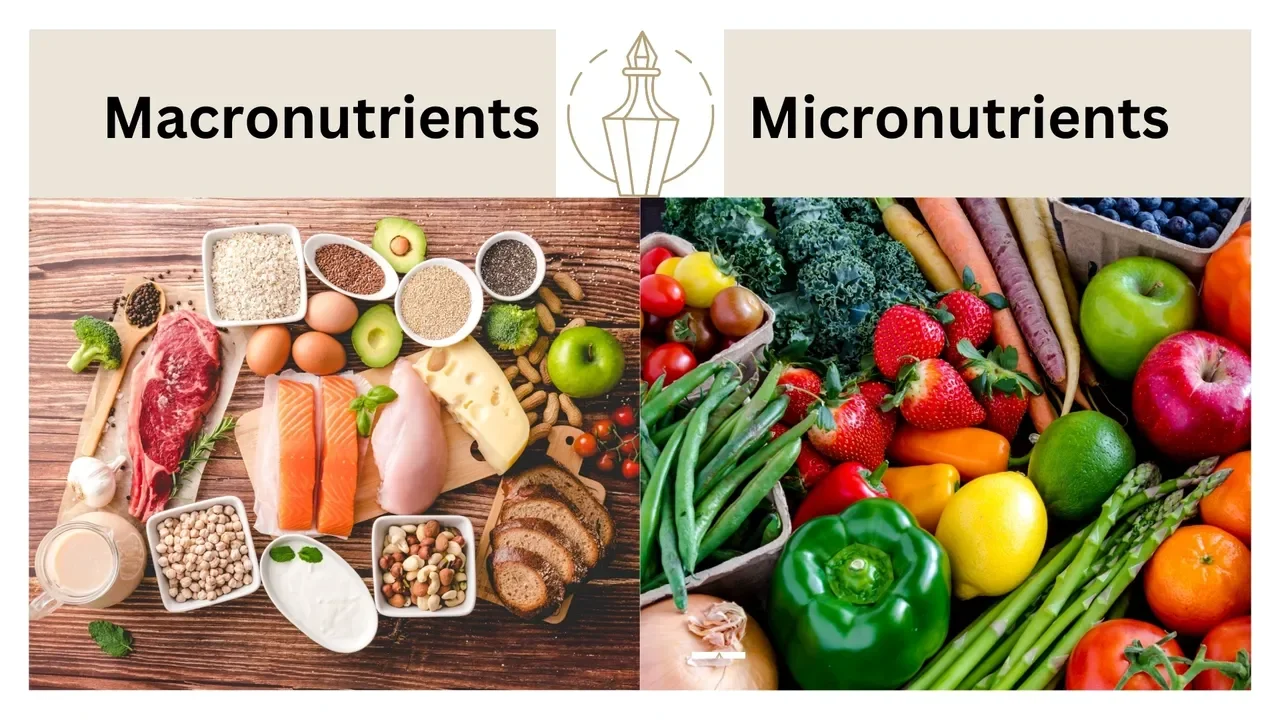
b. Cooking Methods and Nutritional Retention
Meal preparation profoundly affects nutritional content. Cooking methods, from boiling to grilling, influence vitamin, mineral, and nutrient levels. Balancing textures and preserving nutritional value harmonizes the art of cooking with nutritional science.
The kitchen is where each dish not only delights the palate but also contributes to overall health.
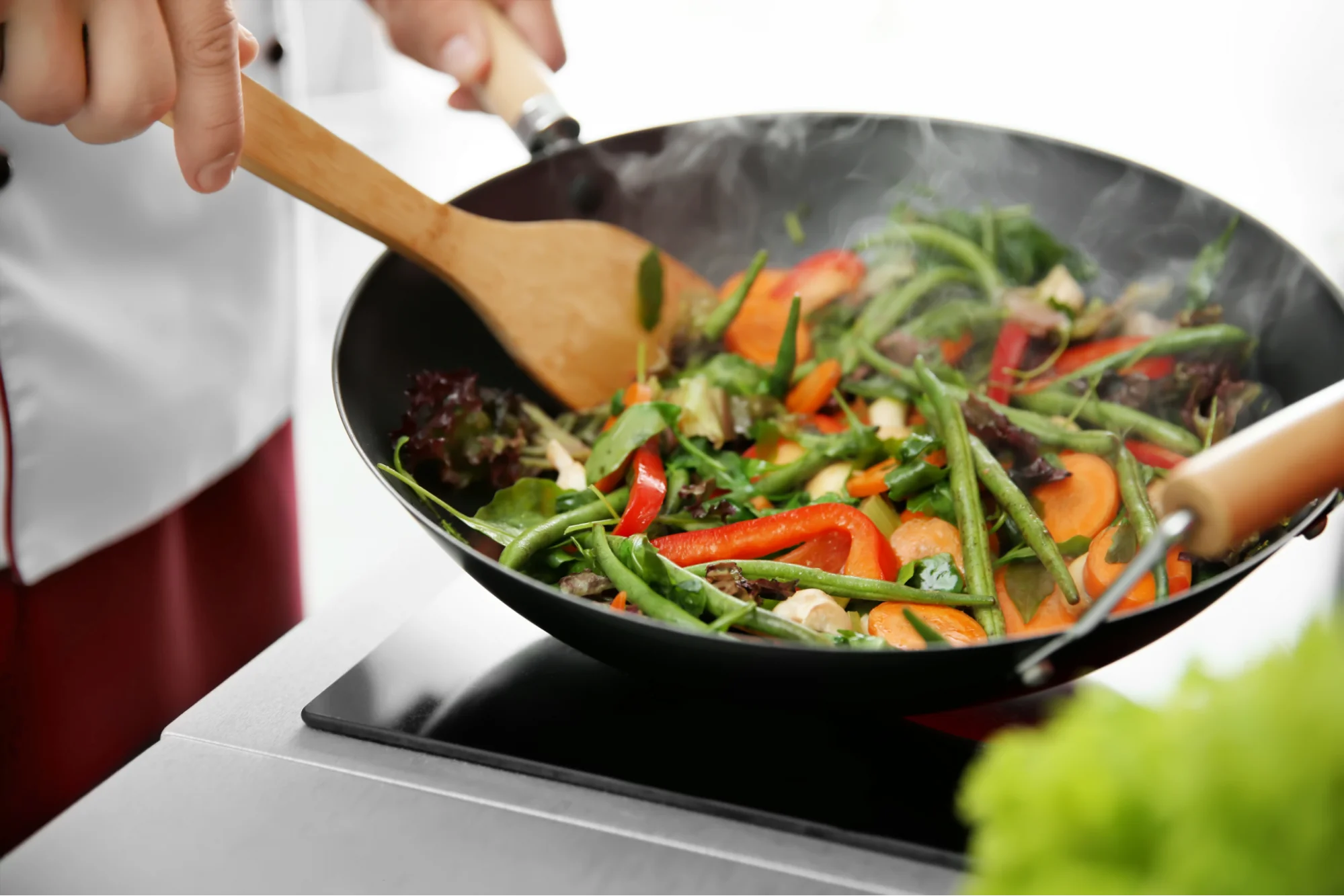
4. Food Pairing and Chemistry
a. Flavor Chemistry
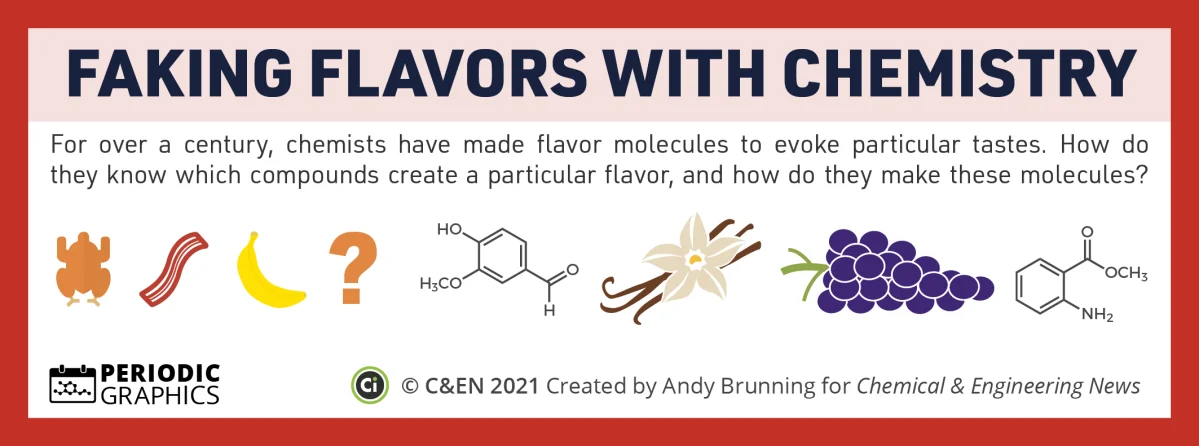
Behind every successful flavor pairing lies the intricate world of flavor chemistry. The pairing of ingredients isn’t merely a matter of taste but a dance of molecules. Certain compounds in foods complement each other, creating a harmonious blend of flavors. This chemistry is the foundation of classic pairings like tomatoes and basil or chocolate and coffee. Understanding these chemical interactions opens the door to a world of creative culinary exploration, where the chef becomes a flavor alchemist.
How a cake is baked using Science
We take a delicious scientific detour and explore the art of baking a perfect cake. Every stage of the procedure is a scientific experiment taking place in the kitchen just like the culinary task experience.
1. Infusing Agents
The magic begins with infusing agents, particularly baking powder, as they undergo a chemical transformation, releasing carbon dioxide that aerates the batter. This process creates the delightful fluffiness we associate with a perfectly baked cake.
2. Convection Mode and Even Baking
Utilizing the convection mode in our ovens becomes a critical step in ensuring even baking. The circulation of hot air promotes consistent heat distribution, avoiding uneven textures and ensuring that every bite is a harmonious blend of flavors and textures.
3. Temperature Control
While baking, precision is the key. Accurate temperature control serves as the conductor of our culinary orchestra, activating infusing agents at the right moment and guiding the cake to its ideal texture. Understanding this interplay of heat and ingredients is the essence of achieving baking perfection.
4. Baking Reactions
As the cake bakes, a series of chemical reactions pops out. Proteins coagulate, starches gelatinize, and sugars caramelize, each contributing to the structure, texture, and flavor of the final creation. It’s a delicate dance of molecules, orchestrated by the precise conditions within the oven.
5. Activating Sponginess
The ultimate goal – achieving sponginess requires a delicate balance of factors. From the right combination of leavening agents to maintaining an optimal temperature and understanding the chemistry at play, this step ensures that each bite of the cake is a sensorial delight.
Table- Ingredients, Reactions, Temperature, and Times:
| Ingredients | Reactions | Temperature | Reaction Time |
|---|---|---|---|
| Flour | Infusing agents release carbon dioxide | 350°F (175°C) | 25-30 minutes |
| Baking Powder | Maillard reaction enhances flavor | 300°F (149°C) - 325°F (163°C) | 20-25 minutes |
| Eggs | Proteins coagulate for structure | Room temperature | While preparing Batter |
| Sugar | Browning reactions for color | 325°F (163°C) | 10-15 minutes |
| Butter | Emulsification for a smooth texture | Room temperature | While preparing Batter |
The Art of Eating Well
The art of eating well is a multifaceted approach that goes beyond mere sustenance and delves into the realms of pleasure, health, and cultural appreciation. It encompasses not only what we eat but also how we eat, fostering a mindful and balanced relationship with food. Here are some key principles that contribute to the art of eating well:
1. Mindful Eating
Cultivate mindfulness during meals by savoring each bite. Engage your senses, and appreciate the textures, flavors, and aromas. Avoid distractions such as electronic devices, allowing yourself to fully immerse in the dining experience.
2. Balanced Nutrition
Strive for a balanced and varied diet that includes a mix of macronutrients (carbohydrates, proteins, and fats) and micronutrients (vitamins and minerals). Aim for a rainbow of fruits and vegetables to ensure a diverse range of nutrients.
3. Portion Control
Be conscious of portion sizes to avoid overeating. Listen to your body’s hunger and fullness cues. Eating slowly and savoring each bite can help you recognize when you’re satisfied.
4. Hydration
Drink an adequate amount of water throughout the day. Water is essential for digestion, nutrient absorption, and overall well-being. Limit the consumption of sugary beverages and alcohol.
5. Gratitude and Appreciation
Develop a sense of gratitude for the food on your plate. Consider the effort that went into producing and preparing the meal. This mindset fosters a deeper connection to the food you consume.
6. Listen to Your Body
Pay attention to how different foods make you feel. Tune into your body’s signals and adjust your diet accordingly. Everyone’s nutritional needs are unique, and what works for one person may not work for another.
Conclusion
In “Science In The Kitchen And The Art Of Eating Well,” science and art meet in the culinary cosmos. The kitchen becomes a scientific laboratory where we are guided through the process of carefully choosing ingredients and coordinating flavors. The exploration of taste buds, culinary methods, nutritional knowledge, and the alchemy of baking serves to emphasize that eating healthfully is an artful fusion of nutritional science, mindful consumption, and the imaginative dance of tastes.
Let every morsel serve as an ode to the senses and an illustration of the deft blending of science and artistry in the kitchen. Accept the kitchen as a canvas and a laboratory, where each meal is an artistic creation and each dish a test of science.

















